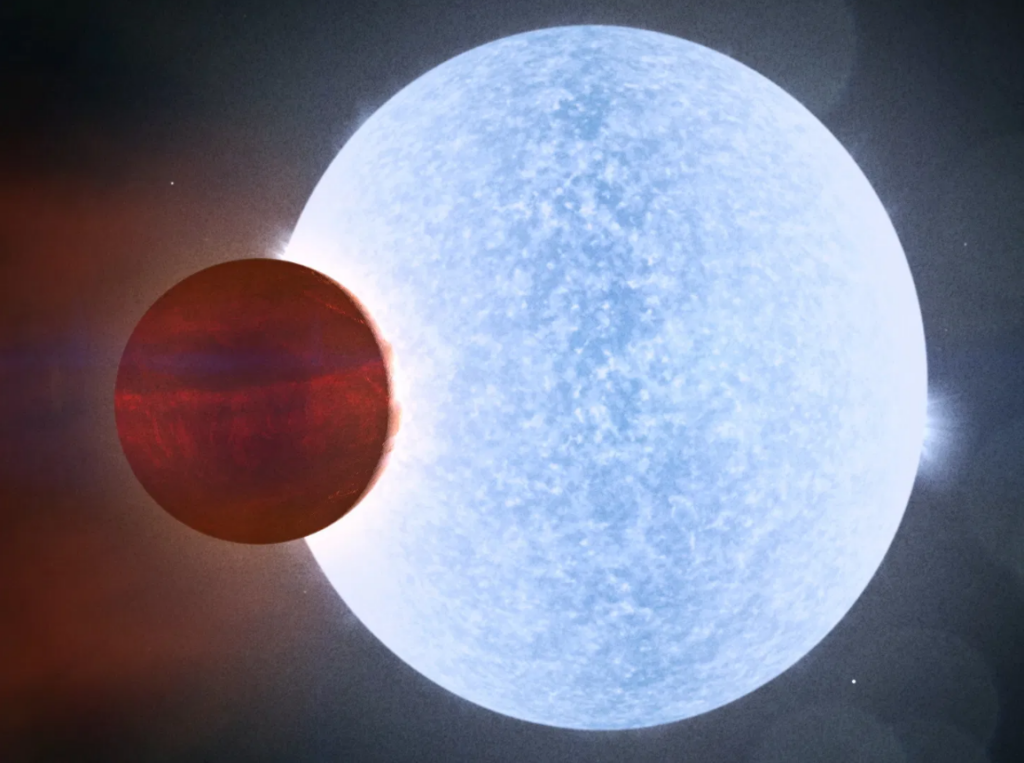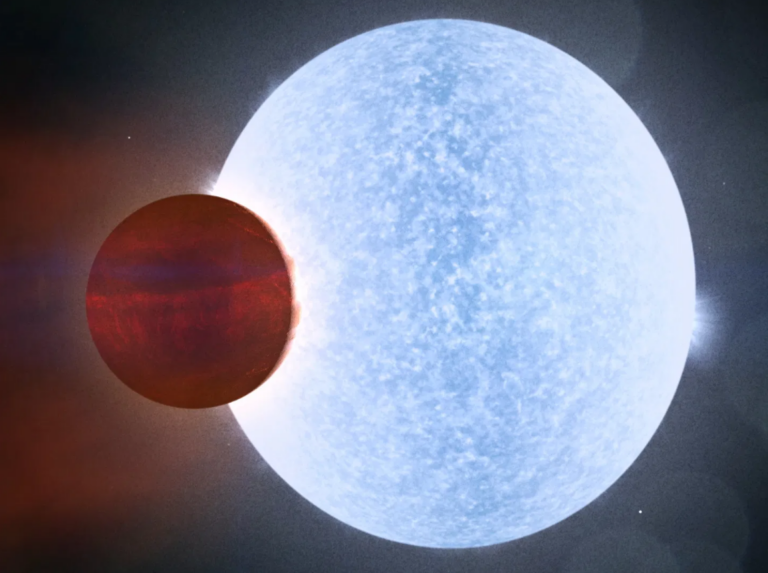Compact CUTE Satellite Explores the Atmospheres of Remote Hot Jupiter Exoplanets.
Utilizing a compact CubeSat, astronomers have analyzed the atmospheres of faraway exoplanets, uncovering phenomena absent in our Solar System. These observations contribute to an enhanced understanding of the mechanisms operating in remote systems.

Astronomers have utilized a compact 14-inch-long CubeSat called the Colorado Ultraviolet Transit Experiment (CUTE) to explore the atmospheres of bloated Hot Jupiters. Originally, astronomers anticipated star systems to resemble our own Solar System, with inner rocky exoplanets and outer gas giants, along with fringing ice worlds. However, the transit method used to detect exoplanets has identified numerous gas giants in close proximity to their host stars, known as Hot Jupiters, a category absent in our Solar System.
The Hot Jupiters, positioned remarkably close to their host stars, experience atmospheric expansion due to the influx of heat, akin to a hot air balloon. Consequently, these Hot Jupiter exoplanets boast the lowest known planetary densities and would float in sufficiently large oceans, which are not prevalent in the universe. Astronomers initially anticipated that the energetic emissions from the stars would strip away the atmospheres of Hot Jupiters. However, observations from the CUTE satellite have unveiled that this is not always the case, and certain puffball Hot Jupiters manage to retain their atmospheres.
A paper detailing these findings was presented at the annual meeting of the American Geophysical Union (AGU) in December 2023. Kevin France, the principal investigator for the spacecraft, commented, “We want to understand how our solar system fits into the family of solar systems in the universe. That means understanding the big planets, the small planets, the ones that could have life and the ones that definitely don’t—and all of the important physical processes that are operating on these planets.” He also highlighted evidence suggesting that super-Earths begin as Neptune-sized planets with expansive atmospheres, losing enough mass to leave behind a rocky core and possibly a thin atmosphere. The spacecraft continues its orbit around Earth, examining distant worlds.
Do not forget to share your opinion with us to provide you with the best posts !




0 Comments